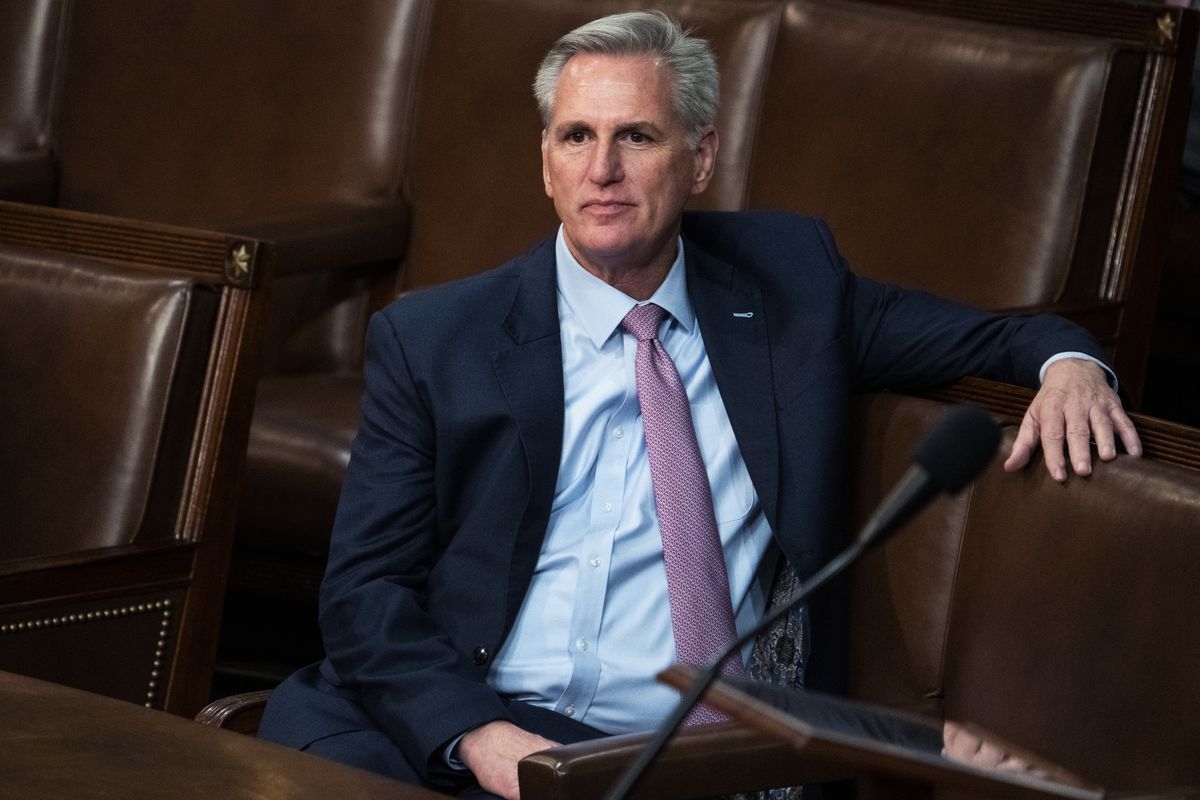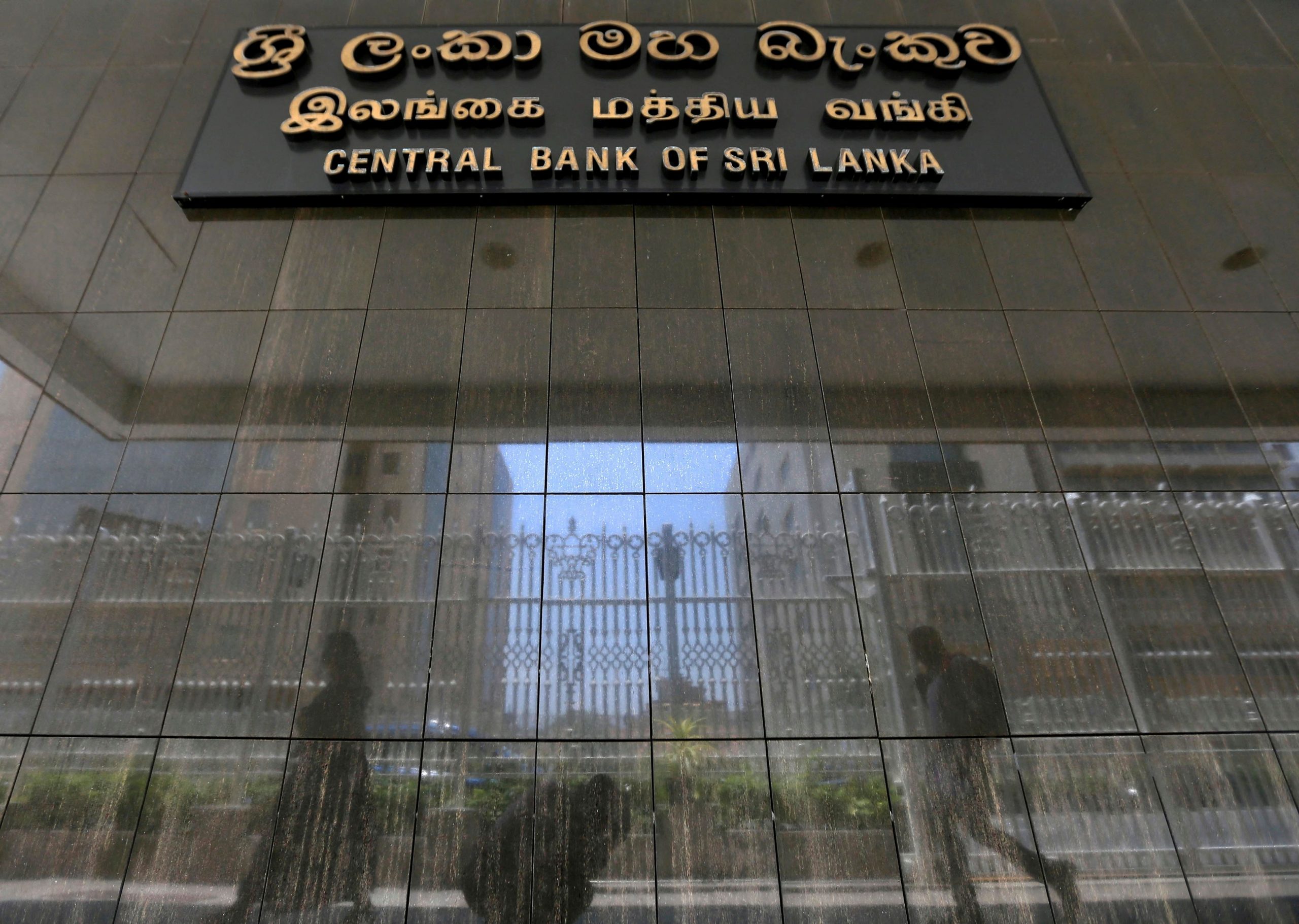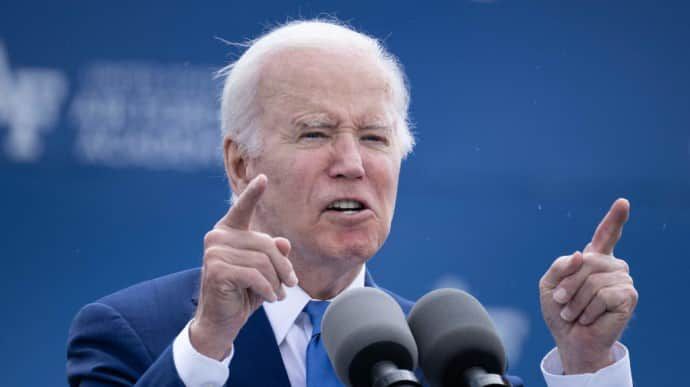In a recent projection from Wall Street giant Goldman Sachs, the U.S. Treasury Department may flood the market with as much as $700 billion in Treasury bills (T-bills) within weeks of a resolution to the ongoing debt ceiling issue. This move, aimed to replenish its cash reserves, could lead to significant fluctuations in market liquidity and have a pronounced impact on the broader economy.
The debt ceiling, a legislative limit on the amount of national debt that the U.S. Treasury can issue to pay for expenditures approved by Congress, has been the subject of ongoing negotiation and political wrangling. Both President Joe Biden and the Republican congressional leadership have yet to find common ground on the issue. Treasury Secretary Janet Yellen has continuously sounded the alarm that the government might run out of money as early as June 1 unless a deal is reached.

Nonetheless, there are some positive signs of a looming resolution. House Speaker Kevin McCarthy hinted at a possible agreement before the deadline after a meeting with the President. Once a settlement is reached, Goldman anticipates a substantial release of T-bills by the Treasury to restore its cash balance, which as of Friday stood at a mere $60.7 billion, down from $140 billion just a week prior.
This restoration process could have a significant impact on the economy. Goldman predicts that the Treasury will supply the market with more than $1 trillion of T-bills on a net basis this year, effectively draining liquidity from the financial markets. Bank of America analysts echoed similar concerns, saying the impact of such a massive outflow would be equivalent to a Federal Reserve rate hike of 25 basis points.
These warnings come at a time when the banking sector is still grappling with the aftermath of Silicon Valley Bank’s collapse, which resulted in a significant outflow of deposits from regional banks. Furthermore, the Federal Reserve’s series of rate hikes over the past year has encouraged investors to move their money from bank accounts to higher-yielding money market funds.
Goldman also estimated a potential $400 billion-$500 billion drop in bank reserves, triggered by a combination of factors: the Treasury replenishing its coffers, continued deposit outflows, and the Federal Reserve’s ongoing quantitative tightening program.
In summary, while a resolution to the debt ceiling issue is crucial for the government’s solvency, the proposed strategy for rebuilding Treasury cash reserves could have substantial and wide-reaching implications. With a potential influx of Treasury bills and the equivalent impact of a Federal Reserve rate hike, the market could experience a significant reshaping of liquidity dynamics.
This situation is a reminder of the interconnectedness of monetary policy, fiscal policy, and market dynamics. It serves as an example of how decisions made in the corridors of power can ripple through the economy, affecting financial institutions, businesses, and ultimately, consumers.
The coming weeks and months will be a crucial period for stakeholders to keep a watchful eye on these developments. The Treasury’s strategy to restore its cash reserves and its potential implications for market liquidity, as well as the response of other market participants, will continue to shape the narrative of economic recovery in the United States.
©traders-news.online










